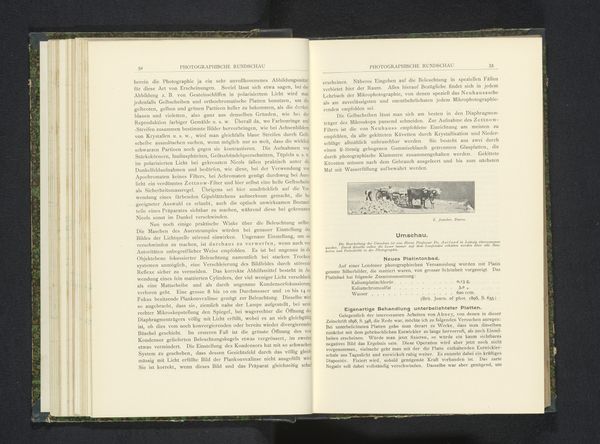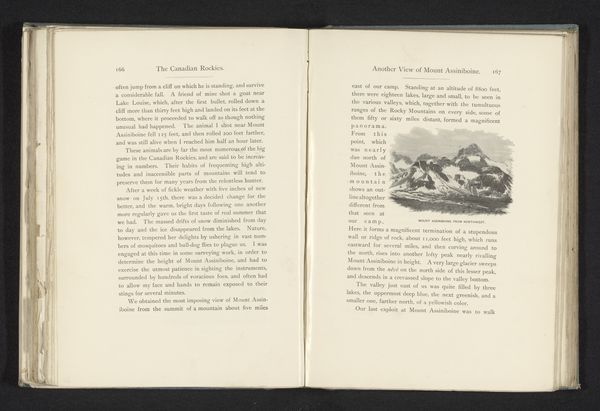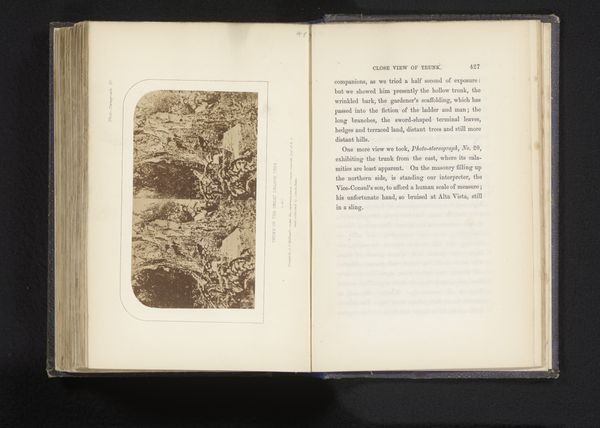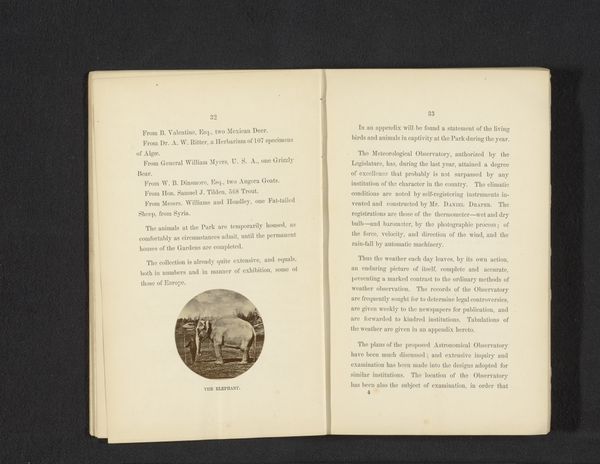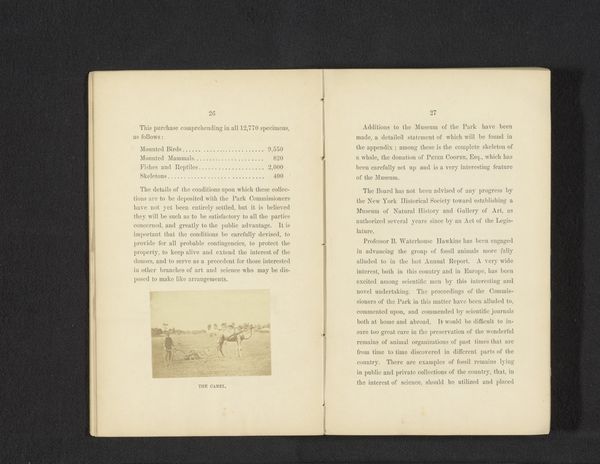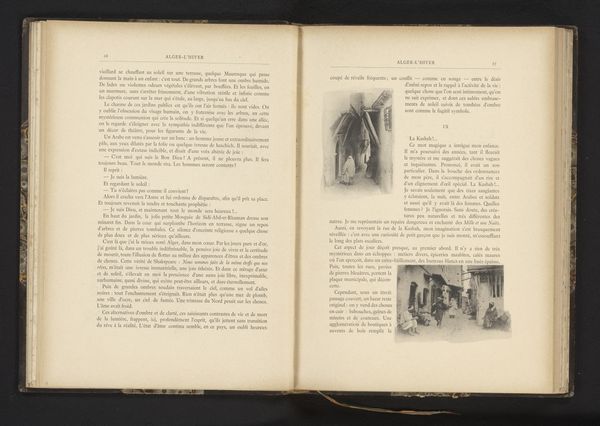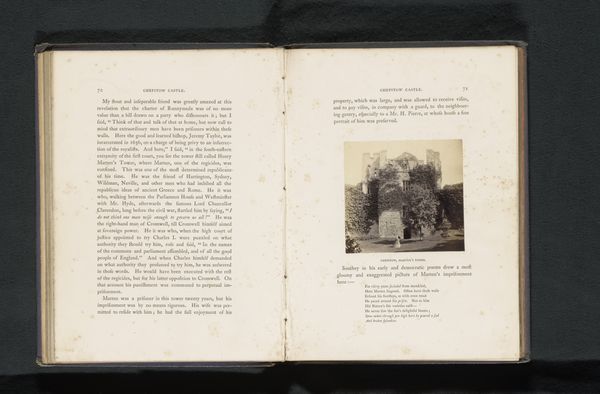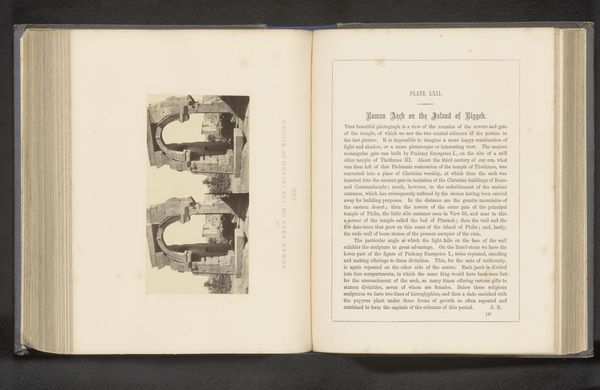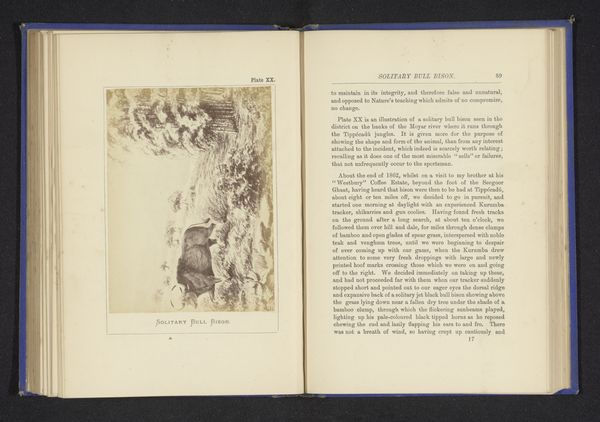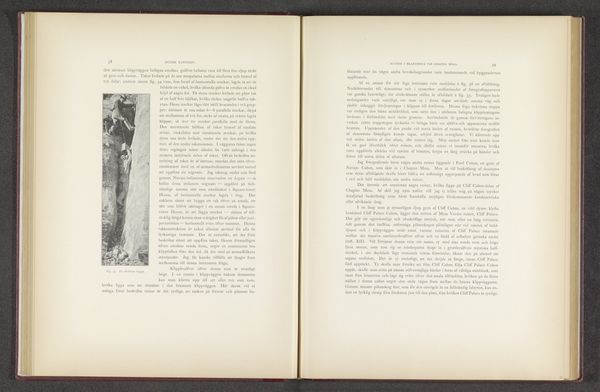
Vrouwen en kinderen in een huis in Kabylië, Algerije before 1893
0:00
0:00
julesgervaiscourtellemont
Rijksmuseum
drawing, lithograph, print, paper, photography, ink
#
portrait
#
african-art
#
drawing
#
lithograph
# print
#
landscape
#
paper
#
photography
#
ink
#
orientalism
#
genre-painting
Dimensions: height 97 mm, width 88 mm
Copyright: Rijks Museum: Open Domain
Curator: This lithograph by Jules Gervais-Courtellemont, made before 1893, is titled "Women and children in a house in Kabylia, Algeria." Editor: The composition immediately strikes me. Despite the intimacy of the domestic scene, there’s a certain remoteness. The figures are rendered with such fine, almost clinical detail, creating a sense of distance between viewer and subject. Curator: Indeed. Courtellemont’s orientalist approach frames the inhabitants almost as specimens, observed and documented with ethnographic precision, reflecting a particular power dynamic. Note how he employs contrasting textures and light to delineate interior versus exterior space, emphasizing the staged quality of the scene. Editor: I find it difficult to ignore the loaded history embedded within these “genre paintings.” What stories do these women and children hold that are consciously omitted? Considering this work through a postcolonial lens reveals troubling aspects, especially the artist’s gaze and how it may exoticize the subjects. Curator: I see your point. However, considering the lithograph as an example of period draftsmanship and composition, one appreciates the complexity of the space. The artist utilizes the stark black and white to explore the depths and surfaces within the domestic enclosure. Editor: Even as we appreciate its technical mastery, can we really separate the artistic intention from its broader socio-political ramifications? How did this imagery function to reinforce colonial attitudes and justify occupation? These are critical questions that need to inform how we engage with this print. Curator: You make a compelling case. Reflecting on our discussion, I see how the stark rendering, while admirable technically, creates a kind of emotional detachment, hinting at that power imbalance. Editor: Ultimately, looking at it now, the image leaves me with a deep sense of the untold. I see resilience etched into the faces of these women and children.
Comments
No comments
Be the first to comment and join the conversation on the ultimate creative platform.



